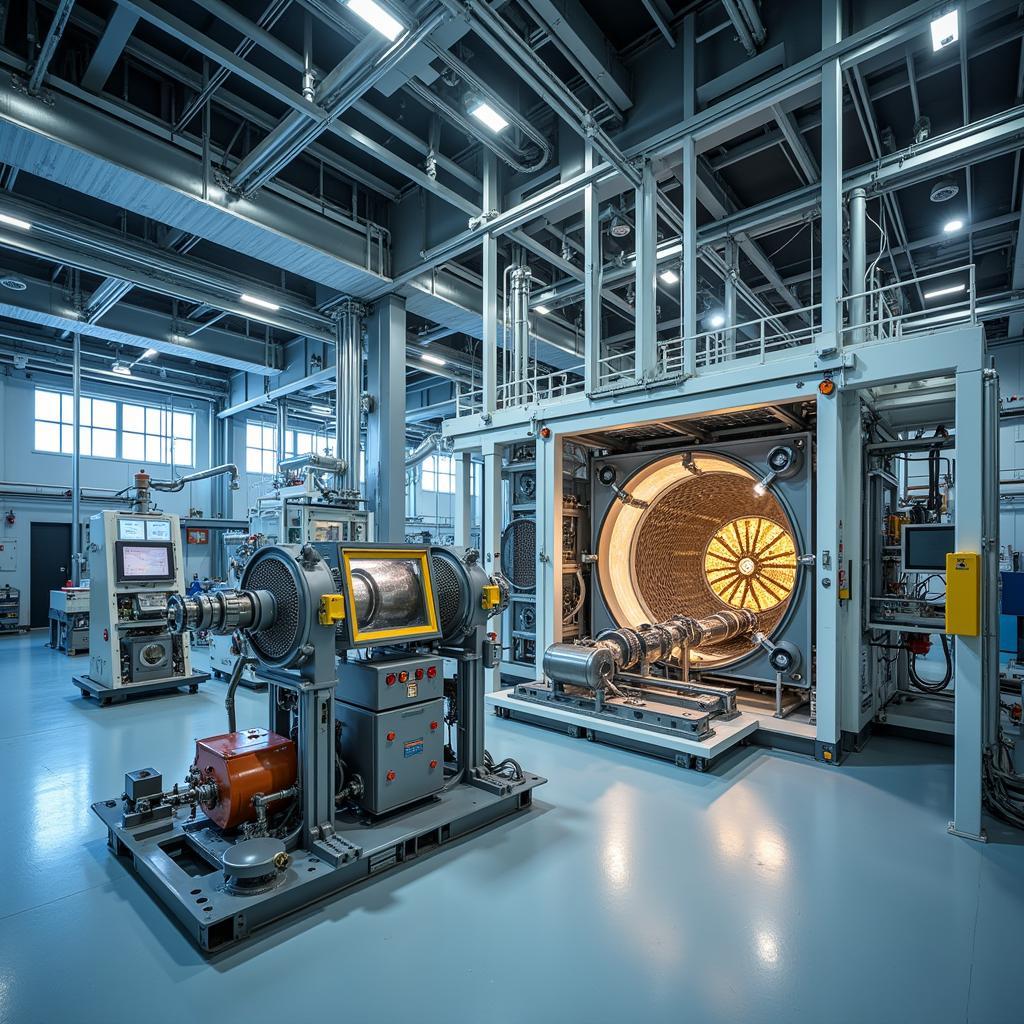The Bhabha Atomic Research Centre (BARC) in Mumbai is not just a landmark; it’s the heart of India’s nuclear program. From fundamental research to cutting-edge applications, BARC has been instrumental in shaping India’s scientific and technological landscape. This article delves into the history, achievements, and ongoing research at this prestigious institution.
The Genesis of a Nuclear Powerhouse
Founded in 1954 as the Atomic Energy Establishment, Trombay (AEET), BARC was renamed in 1967 to honor the visionary physicist, Dr. Homi J. Bhabha. He envisioned a self-reliant India in the field of nuclear energy, and BARC stands as a testament to his dream.
Pillars of BARC’s Research
BARC’s research spans a wide spectrum of scientific disciplines, with a primary focus on nuclear science and technology. Here are some of its key areas:
1. Reactor Technology and Development
BARC has played a pivotal role in developing various types of nuclear reactors, including the Pressurized Heavy Water Reactor (PHWR), which forms the backbone of India’s nuclear power generation.
 BARC Reactor Design Facility
BARC Reactor Design Facility
2. Nuclear Fuel Cycle
From uranium mining and processing to fuel fabrication and waste management, BARC encompasses the entire nuclear fuel cycle, ensuring a sustainable and responsible approach to nuclear energy.
3. Isotope Applications
Beyond energy, BARC harnesses the power of isotopes for various applications, including medicine, agriculture, and industry. The production of radioisotopes for diagnosis and treatment of diseases has been a boon to healthcare in India.
4. High-Energy Physics
BARC is home to cutting-edge research in high-energy physics, exploring the fundamental building blocks of matter and the universe. The facility houses particle accelerators and sophisticated detectors used in these investigations.
BARC’s Impact: Beyond the Lab
The impact of BARC extends far beyond the confines of its laboratories. It has been instrumental in:
- Boosting India’s Energy Security: BARC’s research and development efforts have contributed significantly to India’s energy independence through nuclear power generation.
- Advancing Healthcare: The use of radioisotopes in medical diagnosis and treatment has revolutionized healthcare, making advanced procedures accessible to a wider population.
- Supporting Agriculture: Isotope applications in agriculture have led to improved crop varieties and increased agricultural productivity, contributing to India’s food security.
A Legacy of Excellence and Innovation
BARC’s journey has been marked by numerous milestones, showcasing its commitment to scientific excellence and technological innovation. The institution continues to push the boundaries of knowledge and contribute to India’s growth and development.
FAQs about BARC Mumbai
1. What are the eligibility criteria for joining BARC?
BARC offers various programs for scientists, engineers, and technicians. Eligibility criteria vary depending on the program. Detailed information can be found on the official BARC website.
2. Does BARC offer internships or training programs for students?
Yes, BARC provides internship opportunities and training programs for students pursuing science and engineering degrees.
3. How can I contact BARC for research collaborations?
Information regarding research collaborations and partnerships can be found on the official BARC website.
Need More Information?
For any queries or assistance, please contact us:
Phone Number: 0904826292
Email: research@gmail.com
Address: No. 31, Alley 142/7, P. Phú Viên, Bồ Đề, Long Biên, Hà Nội, Việt Nam
Our customer support team is available 24/7 to assist you.